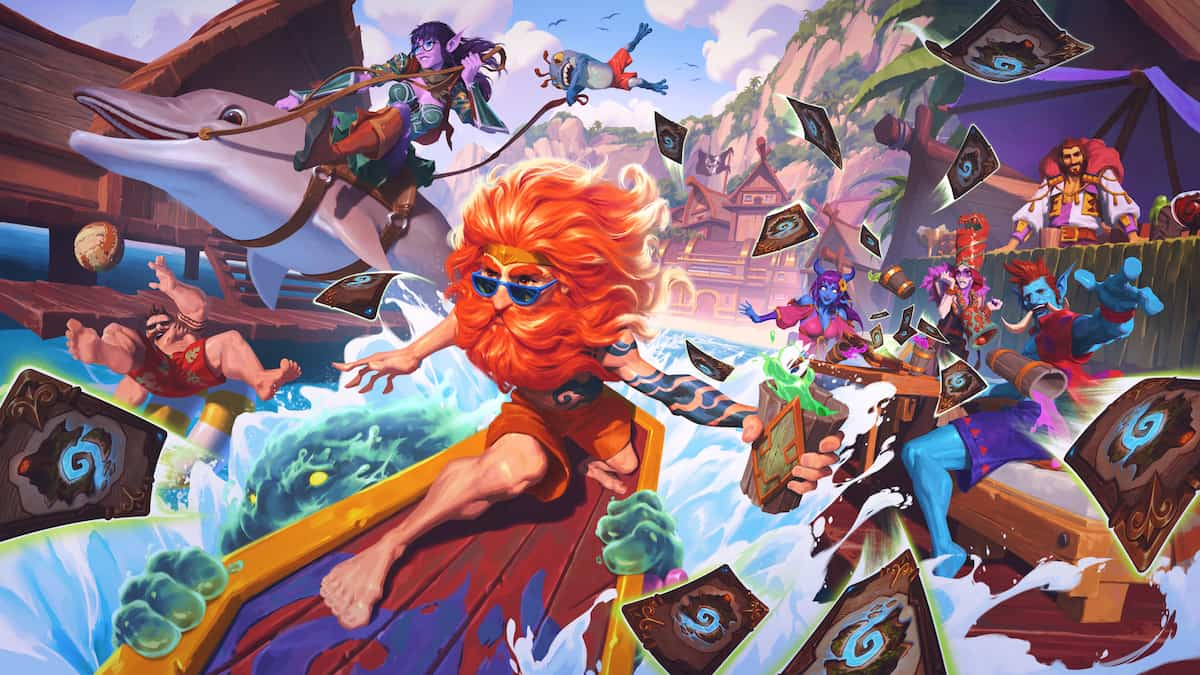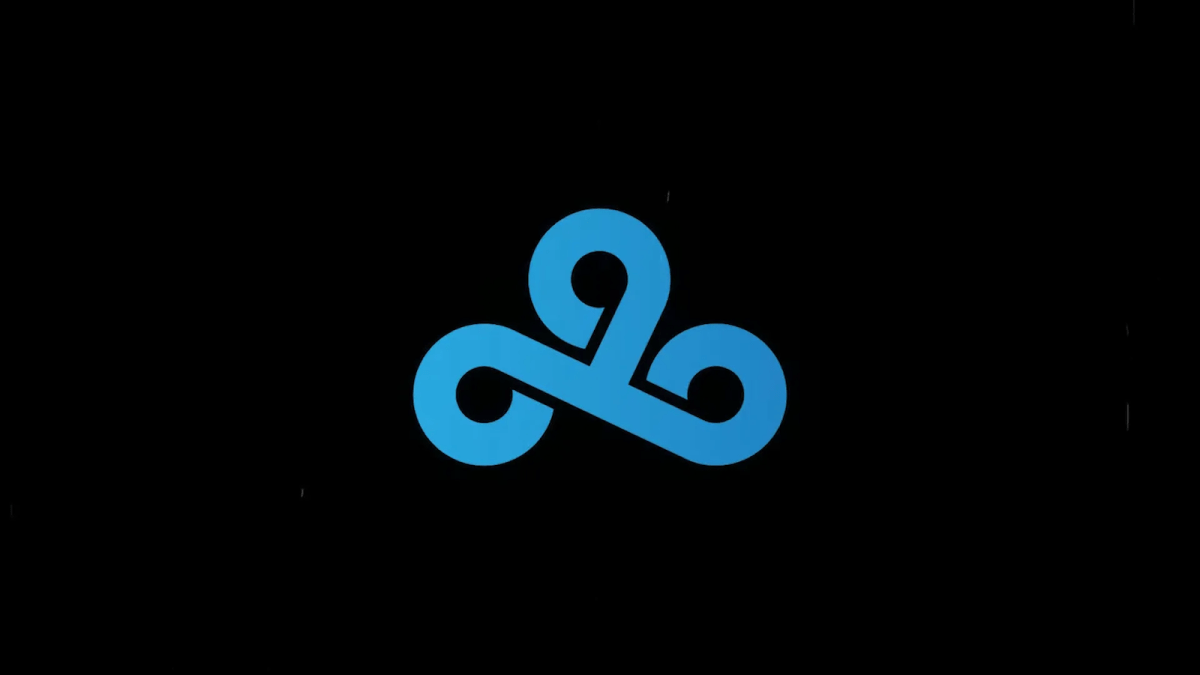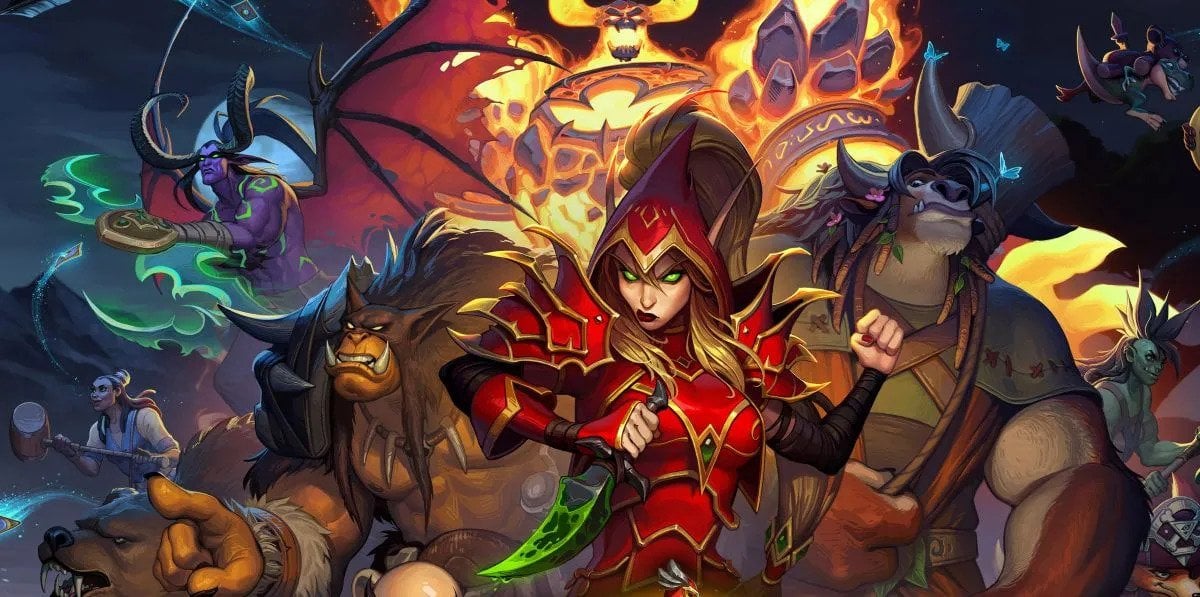Many of us have played collectible card games or trading card games as kids and some of us spent a fortune on physical card packs to be able to get those last missing pieces and bits for our ‘ultimate’ decks. With almost every form of entertainment and content consumption moving to the digital world, so did these collectible card games. Hearthstone: Heroes of Warcraft became the first digital collectible card game to make such an impact and it went on to capture the attention of various card game purists who flocked to this game and there has been no looking back for the game ever since. Hearthstone has become one of the most popular games on Twitch and the competitive scene keeps getting bigger and bigger. But how much of Hearthstone is based on skill and how much of it is luck? This discussion has been relevant to not only Hearthstone but many other games in the eSports world which brings people to question if eSports should be given the same recognition as traditional sports since luck plays a factor.
How RNG affects games
RNG is something that we have all become accustomed to and it’s likely that we play some games to the best of our potential and still end up losing due to bad RNG that goes against us. I wanted to take a look at both sides of the spectrum – good RNG and bad RNG. One of the arguments that people make in favor of RNG is that the very nature of card games is reliant on RNG because the card draw mechanism by itself is totally reliant on your luck. You might never draw your early drops and all your removals might be in the bottom half of your deck, causing you to lose the game. It can mean all the difference between winning and losing. But across a larger spectrum of games it evens out just fine and you do get the cards you need in time more often than not. If you hard mulligan for a specific card during the mulligan phase of the game, you have a 44.35% chance of getting it in your hand on Turn 1 if you do not have the coin and 52.50% chance of getting it on Turn 1 if you have the coin. This is assuming the card you are looking for has 2 copies in your deck. And then the odds increase slightly when you reach turn 2. Aggressively curved decks manage to draw out their turn 1 and turn 2 plays exactly because of this. Since they run so many low cost minions, they are sure to get a good start almost always. These card draw mechanics and the randomness in them is not something we should be thinking about when talking about random effects because you can tune your deck to get cards you need almost always and very rarely have bad draws that cost you the game.
But there are other random effects in the game that dictate various stages of the game. Let’s break down situations where the whole early game tempo can be won or lost based on such random effects.
Situation Overview 1: Flame Juggler and Fiery Bat
We are going to go for a very simple and easy to replicate scenario that often happens. Assume you are a Hunter and you play your Fiery Bat on Turn 1. In the subsequent turn your opponent plays a Flame Juggler with coin hoping to ‘snipe’ the Fiery Bat with Flame Juggler’s battlecry effect. Now if the Flame Juggler does hit the Fiery Bat, you will lose a card that neither traded up with anything nor dealt face damage. You might even have to throw down another minion or spend your turn using Quick Shot to deal with the minion and then the opponent gets to play another minion while you have no board control in your next turn.
In another situation with the same two minions the Flame Juggler’s battlecry misses the Fiery Bat and then you bump your Fiery Bat into the Flame juggler and the deathrattle’s 1 random damage finishes off the Flame Juggler allowing you to retain initiative and drop down another minions.
These kinds of effects are very swingy and they turn the tides of the game one way or another and dictates the outcomes of entire games even in cases.
Good RNG: When randomness enhances your plays
Some of the best examples of good RNG cards include Sylvanas Windrunner and the Discover mechanic as a whole. Although one might argue some Discover cards do not have any drawbacks in terms of stats and feel slightly overpowered like Ethereal Conjurer. Sylvanas is one of those cards that define what good RNG is. It not only helps the player have a chance at fighting back for board control and causes the opponent to think about how to deal with her, but it also adds a depth of strategy to plays. If you are facing a Sylvanas on board that was just played, there are various approaches that you need to think about. From how your opponent can dictate their trades what you could potentially lose from your board to her deathrattle. You might want to deal with her, you might want to just push even more aggressively and flood the board if you see lethal in hand or simply do not have the firepower to deal with her and then generate board presence again. If you are facing Warrior you also have to think about Brawl or other ways they can wreck your board.
The discover mechanic is also quite interesting and it’s one of the best ways to implement RNG in Hearthstone. Let’s just take a look at one of the newest Discover cards this adventure – Ivory Knight. It is a very good card in specific decks and there is a lot of decision making involved when using the card. If you are playing from behind you might just want to take the most expensive spell to get out of lethal range, or you might play it on turn 6 to get no deal by picking Forbidden Healing and then heal for massive amounts of HP the following turn. It also lets your opponent know the potential cards you could have picked from the card depending on how much you heal for. So if you heal for 4 using the card and your opponent has a lot of 2 health minions, they will definitely want to consider playing around Consecration for example.
Situation Analysis 2: Bomb Lobber and Stampeding Kodo
Bomb Lobber is one of the better designed ‘good RNG’ cards because you can set it up to hit exactly what you want. It might not have been the most relevant card in the meta but it surely does a lot of work in Arena. The stat drawback is significant and you might actually lose games if you do not hit the right target since you are spending 5 mana to develop a 3/3 and the threat you want to deal with does not die. Stampeding Kodo is another card from the Classic set that I absolutely love. While the effect can be random when there are quite a few target minions but you can specifically remove creatures using cards like Humility or Aldor Peacekeeper allowing you to control the RNG effect of the minion.
Bad RNG: The Unfair Kind
Just like good RNG cards that add layers of decision making to the games we play there are also serious offenders that dictate games simply based on ‘high rolls’. One of most detrimental cards to the game is Tuskarr Totemic. In Standard out of the 7 possible Totem outcomes, 3 of them are too swingy in nature. If you roll a Totem Golem, Mana Tide Totem or a Flametongue Totem with an existing minion on board, you get ahead on tempo on turn 3 and more often than not your opponent cannot fully deal with the full board without spending his whole turn. And the basic totems are not bad outcomes either since you have synergies with cards like Thing From Below, Spirit Claws or get Wrath of Air Totem for better AoE spell effects. The same can be said for Flamewaker, the amount of game winning swings the card can make simply with its random pings is too high. Games are dictated simply based on the RNG of such cards and depending on how good your luck is, you might just win the battle for board control on the back of these cards as early as turn 3 or 4. Knife Juggler is also a serial offender that was nerfed twice already but the effect remains just the same because only its stats were changed. Winning games simply based on how your juggles land feels a bit to oppressive.
yogg-saron-hopes-end is also one of the cards that pops up when talking about RNG in Hearthstone. People thought it would be a fun card and would not see competitive play but there have been too many instances in the recent past where tournament games were decided simply based Yogg Saron’s spells which is absurd considering how much effort people put in to get HCT points and qualify for the Championships, Majors and Preliminaries. There have been instances where people who are completely behind on board just play the card in high stakes matches and go on to clear the board, draw cards and generate some board presence even to set up lethal. While the card seems to be fine in a vacuum if we are talking about casual play but seeing people work hard and just lose to RNG despite being ahead in games is not something that is good for the competitive scene. As someone who frequently plays in tournaments, I would like to play games where the outcomes are decided through fair play and not such high levels of RNG where my opponent is behind and simply wins on the back of one card that turns games around.
Situation Analysis 3: Piloted Shredder
Piloted Shredder held its place as the most powerful 4 drop in the game until Standard came along and moved it out to Wild. The card is ridiculously powerful and the wide range of 2 drops you can get from the card is huge. Many of us have dealt with salty feelings when our Shredders popped out Doomsayer causing us to lose the board completely while at other times we got Millhouse Manastorm which effectively meant we got 8/7 worth of stats for 4 mana. This kind of RNG is too polarizing and such instances of RNG have thankfully died down a bit.
How RNG benefits Hearthstone
While we might hate it or love it, RNG does benefit Hearthstone as a game and also benefits the community. It allows anyone to win games regardless of how bad a specific matchup may be. In bad matchups your opponent just might draw poorly and you get to win the game which you otherwise wouldn’t be able to. RNG is also known for creating a lot of drama and every time something crazy happens in streams or in tournaments people talk about it and it creates a buzz around the game. It keeps the community talking on social platforms and also allows for some fun moments. Every single day you will find people post their screenshots that showcase their crazy luck in games and it definitely is a fun side of the game. RNG also adds to skill in cases even with bad cards. There are games where you look for outs in games and good players are able to spot plays that might give them a fighting chance, which makes the game more entertaining to watch. There have been instances where I’ve seen players frostbolt their own Piloted Shredders to get a Vitality Totem or simply ping an enemy Boom Bot and hope the deathrattle triggers on a Mad Scientist to get that crucial Ice Block. These plays are only made possible through RNG and it does add a lot of depth to the game.
How RNG is bad for Hearthstone
RNG is not that big of a deal even with cards like Yogg Saron around in the normal game modes but it does make a big difference in the competitive format where people simply want to win based on skill. This has left people having polarizing opinions about the game itself. While it is a very well polished game that does require proper decision making to make the most out of games and win consistently even when there is RNG involved, losing to RNG alone despite playing skillfully is not something the competitive scene of the game needs. Blizzard has proved time and again that they have the ability to make really good RNG cards that add decision making and timing to get the most out of and such cards work in both viable and fun decks. Ysera is a great example of a card that has RNG elements and is completely viable in slow metas without completely disrupting plays or determining the outcome of the game the way cards like Tuskarr Totemic do.
There are also RNG cards like Spellslinger that do not see sufficient competitive play but they are fun cards people can run and it caters to people who want to build decks like Casino Mage or other cool decks. The tipping point is exactly where both of these worlds meet, cards that are fun and viable and also dictate the outcomes of certain stages of the game or even the entire games just by being played. Blizzard definitely has what it takes to make great cards with random effects and they’ve done a great job with cards like Sir Finley Mrrgglton and Raven Idol. They’ve also made signs of progress by putting up great cards like Wicked Witchdoctor which is a great card and allows you to build decks around it even with randomness involved but it does not feel as oppressive as Tuskarr Totemic.
How to solve the randomness ‘problem’
One of the easiest ways to address the problems that cards like Yogg Saron or other cards create is by having a ban list for tournaments in the game itself. While I do not see it happening anytime soon but ban lists are a part of most trading card games to ensure fairness in the competitive side of things. But for Play Mode games I feel we are fine as long as the game does not go to the point where RNG outweighs skill and decision making completely and games are decided on high rolls. A little bit of effort to limit the randomness in the game while retaining all of the things that make Hearthstone the most popular card game is all it takes to keep the entire player base happy. But we can all rest assured that RNG is going to be a part of Hearthstone forever, but how it is kept in check without breaking the game is going to decide the metagame in the years to come.





Published: Sep 8, 2016 08:20 am